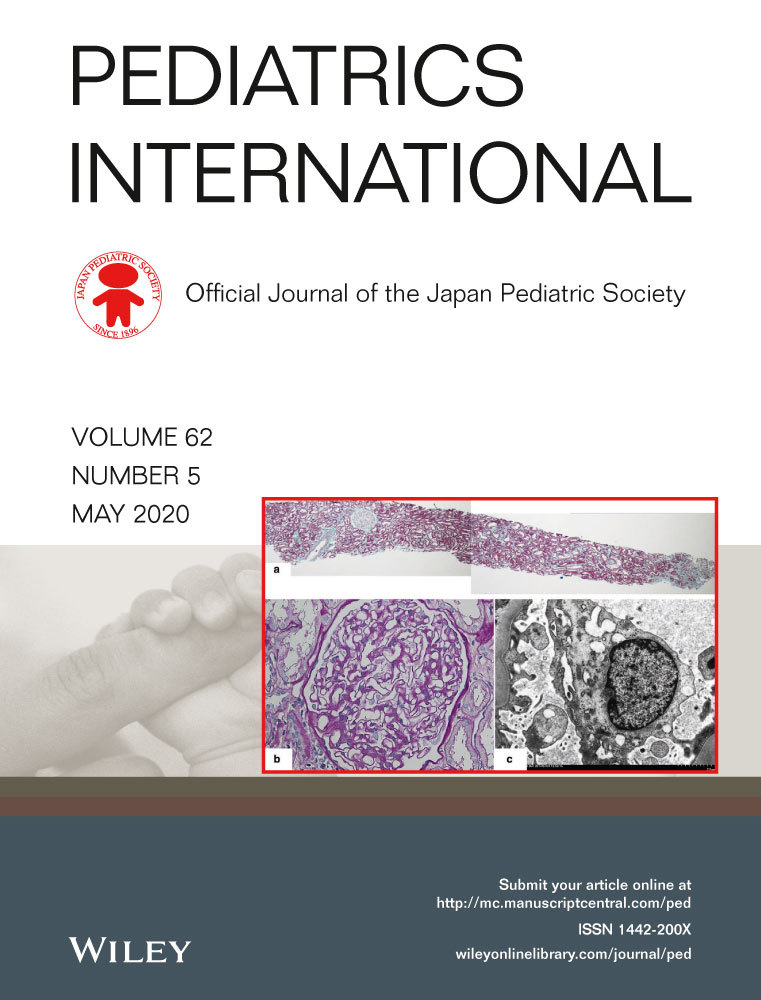An efficient genetic test flow for multiple congenital anomalies and intellectual disability
Abstract
Background
Genetic testing has enabled the diagnosis of multiple congenital anomalies and/or intellectual disabilities. However, because of the phenotypic variability in these disorders, selection of an appropriate genetic test can be difficult and complex. For clinical examination, particularly in clinical facilities, a simple and standardized system is needed.
Methods
We compared microarray comparative genomic hybridization and clinical exome sequencing with regard to diagnostic yield, cost, and time required to reach a definitive diagnosis. After first performing G-banding for 200 patients with multiple congenital anomalies and/or intellectual disability, as a subsequent genetic test, microarray and clinical exome sequencing were compared with regard to diagnostic yield, cost, and time required.
Results
There was no obvious difference in the diagnostic rate between the two methods; however, clinical exome sequencing was superior in terms of cost and time. In addition, clinical exome sequencing could sufficiently identify copy number variants, and even smaller copy number variants could be identified.
Conclusions
Clinical exome sequencing should be implemented earlier as a genetic test for undiagnosed patients with multiple congenital anomalies and/or intellectual disabilities. Our results can be used to establish inspection methods in clinical facilities.
Disclosure
The authors declare no conflicts of interest.




